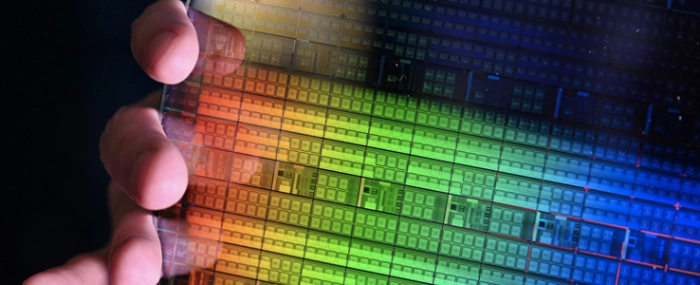
Intel hits "milestone" in quantum chip production research
Intel has announced "exceptional yield" of quantum dots arrays, showing promise for large-scale qubit production using transistor fabrication technology.
The Intel Labs and Components Research organisations claim to have demonstrated the industry’s "highest reported yield and uniformity to date of silicon spin qubit devices", developed at Intel’s transistor research and development facility, Gordon Moore Park at Ronler Acres in Hillsboro, Oregon, a press release reads.
This achievement represents, according to the company, a major milestone for scaling and working towards fabricating quantum chips on Intel’s transistor manufacturing processes.
The research was conducted using Intel’s second-generation silicon spin test chip. Through testing the devices using the Intel cryoprober, a quantum dot testing device that operates at cryogenic temperatures (1.7 Kelvin or -271.45 degrees Celsius), the team isolated 12 quantum dots and four sensors.
This result represents, Intel continues, the industry’s "largest silicon electron spin device with a single electron in each location across an entire 300 millimeter silicon wafer".
"Today’s silicon spin qubits are typically presented on one device, whereas Intel’s research demonstrated success across an entire wafer. Fabricated using extreme ultraviolet (EUV) lithography, the chips show remarkable uniformity, with a 95% yield rate across the wafer. The use of the cryoprober together with robust software automation enabled more than 900 single quantum dots and more than 400 double dots at the last electron, which can be characterized at one degree above absolute zero in less than 24 hours," Intel explains.
Intel says that increased yield and uniformity in devices characterized at low temperatures over previous Intel test chips allow the company to use statistical process control to identify areas of the fabrication process to optimise. This, according to Intel, accelerates learning and represents "a crucial step" toward scaling to the thousands or potentially millions of qubits required for a commercial quantum computer.

